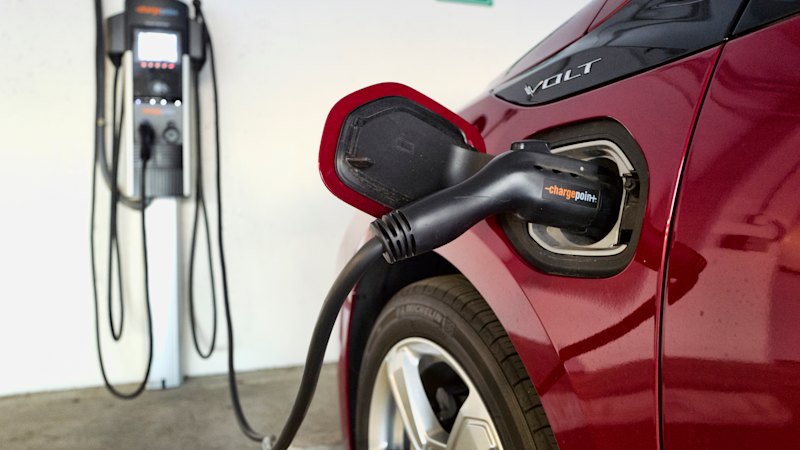
Australia could achieve a significant reduction in household energy costs while transitioning to a net zero carbon economy, according to a report from the Grattan Institute. The report argues that introducing a carbon price could lead to lower electricity bills, potentially cutting average household energy costs by half by 2050.
Electricity generation is responsible for approximately 34 percent of Australia’s total emissions. As various sectors shift towards electrification, demand for electricity is expected to double by 2050. Without intervention, the electricity sector is unlikely to decarbonise quickly enough to meet the government’s stringent emissions-reduction targets. The report highlights that coal-fired power plants will close when they are no longer economically viable. Unfortunately, this may occur too late to align with the national objectives for reducing emissions.
Implementing a carbon constraint in the electricity market would provide clarity for investors, allowing for investment in renewables, gas, or energy storage without the uncertainty regarding future emissions liabilities. The reluctance to embrace carbon pricing stems from concerns over rising electricity costs, a sentiment prevalent during the last major debate on the issue in 2010.
Since then, the energy landscape has transformed dramatically. Renewable energy sources have surged from 11 percent of total electricity generation in 2008 to over 36 percent today. The costs for wind energy have decreased by 25 percent, while solar energy has plummeted by 80 percent. Energy storage technologies, including batteries, have become increasingly viable, and coal plants have begun closing without causing widespread outages.
Understanding the Role of Electricity in a Net Zero Economy
Electricity will play a pivotal role in the transition to a net zero economy. As oil, gas, and coal usage declines, renewable electricity is expected to become the dominant energy source over the next two decades. This transition may lead to significant cost savings for households. The Grattan Institute’s modelling suggests that average household energy expenses, encompassing petrol, electricity, and gas, could fall to around $3,000 by 2050—about half of the current costs.
Even with the introduction of a carbon constraint aligned with the net zero target, the impact on household bills would be minimal. The research indicates that such a measure could reduce annual savings by approximately $100, still leaving households better off overall.
There are several approaches to implementing a carbon constraint within the electricity sector. One such method is to expand the existing Safeguard Mechanism, which is currently operational in the industrial sector. Activating this mechanism in the electricity market could enhance Australia’s pathway toward achieving net zero emissions without the need for new policies.
Unlike traditional carbon taxes or cap-and-trade systems, the Safeguard Mechanism does not generate revenue. Instead, it would provide renewable energy producers and gas generators with credits for their cleaner operations. In contrast, coal generators would need to purchase these credits, gradually increasing their costs. This system would effectively subsidise newer, cleaner energy technologies, facilitating their growth as they take over from older, more polluting sources.
Policy Recommendations for Sustainable Energy Transition
The federal government should utilise the upcoming review of the Safeguard Mechanism to evaluate the potential benefits and costs associated with its activation in the electricity sector. This review could determine whether incorporating electricity into the mechanism would create a smoother decarbonisation pathway for major industrial facilities facing international competition.
While the government could attempt to hit its 2035 and 2050 targets by continuing to push renewables into the market, this approach risks financial instability. If coal generators remain in operation longer than necessary due to a lack of reliable alternatives, consumers may face increased payments to keep these facilities operational, which would undermine both climate goals and consumer confidence.
When circumstances evolve, it is essential for policymakers to adapt accordingly. While the trade-offs associated with carbon pricing remain, the potential for lower electricity emissions without compromising living standards is a compelling reason to pursue such strategies. The Grattan Institute’s findings indicate that the time is ripe for Australia to embrace carbon pricing as a means to secure a sustainable energy future.






